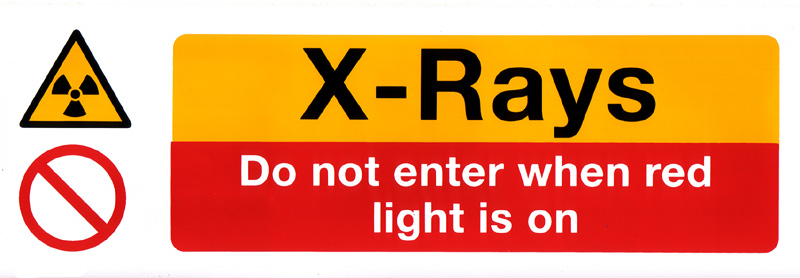
If you've ever visited a veterinary clinic, you've almost certainly observed an assortment of equipment vital to the medical care of our precious pets. One of the most frequent, yet often undervalued, elements are the 'vet x-ray warning lights'. These warning lights are vital in making sure of the safety of both the veterinary staff and the animals in care. In this article, we'll go in-depth into the world of 'vet x-ray warning lights' and uncover their significance.
Understanding Vet X-Ray Machines
Before diving into the details of the 'x-ray warning lights', it's crucial to understand the primary tool they are tied to - the x-ray machine. Veterinary x-ray machines give a chance to vets to view inside an animal's body. They can facilitate discover bone fractures, tumours, foreign objects, and other internal issues that might not be evident from a physical examination alone.
However, as advantageous as they are, x-ray machines discharge ionising radiation, which is dangerous in exorbitant amounts. That's where the 'x-ray warning lights' make their appearance.
The Role of X-Ray Warning Lights in Veterinary Clinics
'X-ray warning lights' fulfil a clear-cut yet essential function. They shine to indicate when the x-ray machine is in operation, informing staff, visitors, and other animals to keep away from the nearby area. Here's why they're essential:
Safety First: The main role of 'vet x-ray warning lights' is safety. They affirm that anyone in the vicinity realises when possibly harmful x-rays are being discharged.
Preventing Unnecessary Exposure: Drawn-out exposure to x-rays can be harmful. By warning everyone in the vicinity, these warning lights perform a crucial role in curtailing any unplanned exposure.
Legal and Regulatory Compliance: In many jurisdictions, including the UK, the use of 'x-ray warning lights' is not just advised but a legal requirement. Veterinary clinics are compelled to stick to particular safety protocols, with the use of warning lights being topmost among them.
Choosing the Right Vet X-Ray Warning Lights
If you're a clinic owner or a vet hoping to launch a new practice, it's essential to buy first-rate 'vet x-ray warning lights'. Here's what to consider:
Visibility: Make sure that the lights are luminous enough to be seen from a distance, even in well-lit environments.
Durability: Veterinary clinics are active environments. Invest in warning lights that can resist a bit of wear and tear.
Integration with X-Ray Machine: Some up-to-date 'x-ray warning lights' can be linked with the x-ray machine to instantly turn on or off. Such integration adds an further layer of safety and convenience.
Maintenance and Checks
Regular checks and maintenance of your 'vet x-ray warning lights' are vital to guarantee they function appropriately. A faulty light could cause unintended exposure. Guarantee that:
Frequent Inspections are Carried Out: Review the lights daily before clinic operations kick off.
Replace Faulty Bulbs Immediately: Don't hang around for a bulb to die totally. If you spot it weakening or flickering, it's time for a replacement.
Test for Synchronisation: If your warning light is combined with your x-ray machine, routinely test to ensure they sync accurately.
'X-ray warning lights' in veterinary clinics may come across as like plain devices, but they have a pivotal role in assuring the safety of both the staff and the animals. They function as silent guardians, protecting everyone from unnecessary radiation exposure. Whether you're a vet, a pet owner, or a concerned individual, realising the importance of these lights and making sure they function well is essential.
If you're anxious to discover more about x-rays in veterinary practice or are in search of high-grade 'vet x-ray warning lights', we invite you to visit xray4vets. With a variety of information and products tailored for the veterinary industry, it's your one-stop destination for all things x-ray related. Safe practices affirm a more secure environment for everyone involved, so never underestimate the impact of that small warning light!"